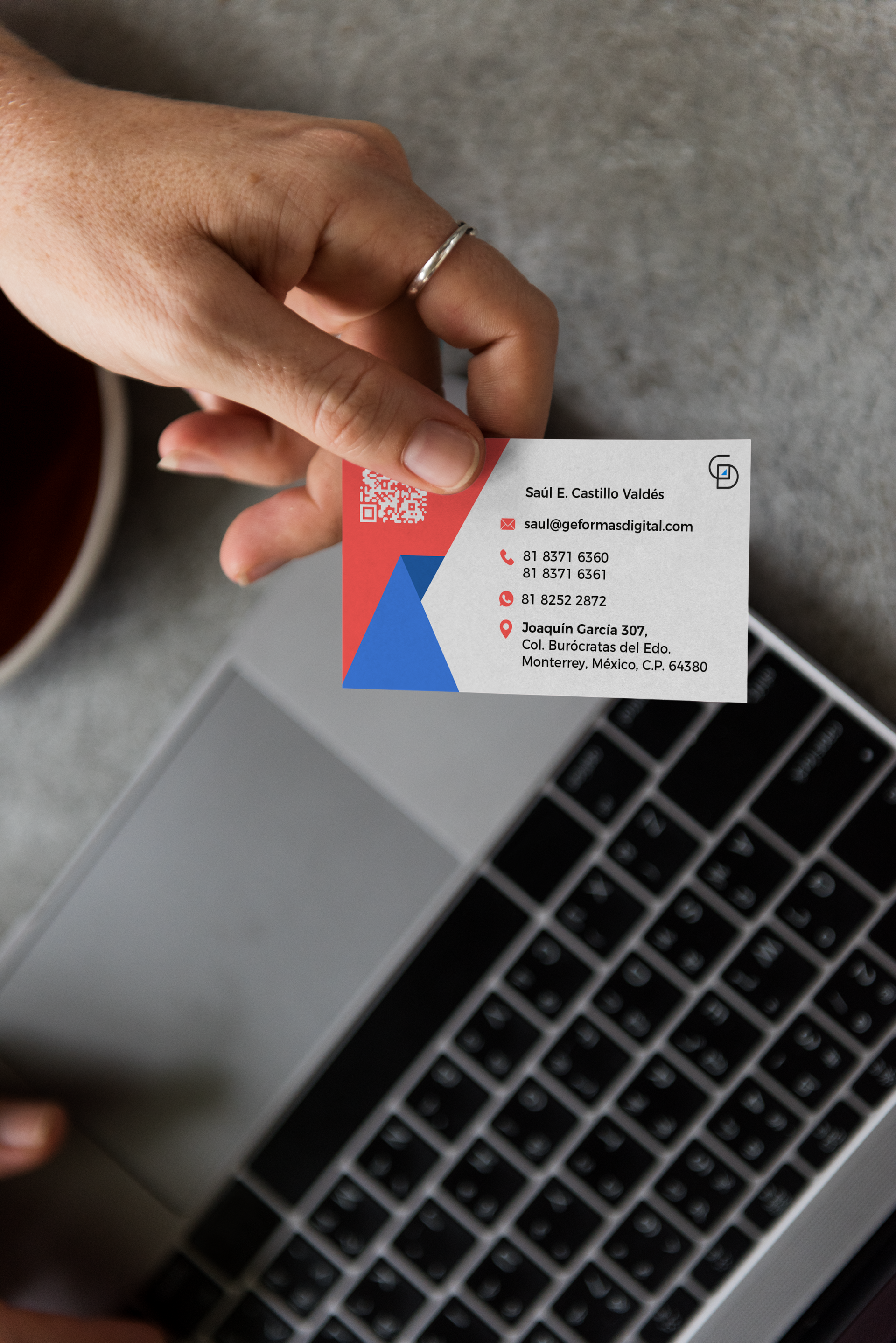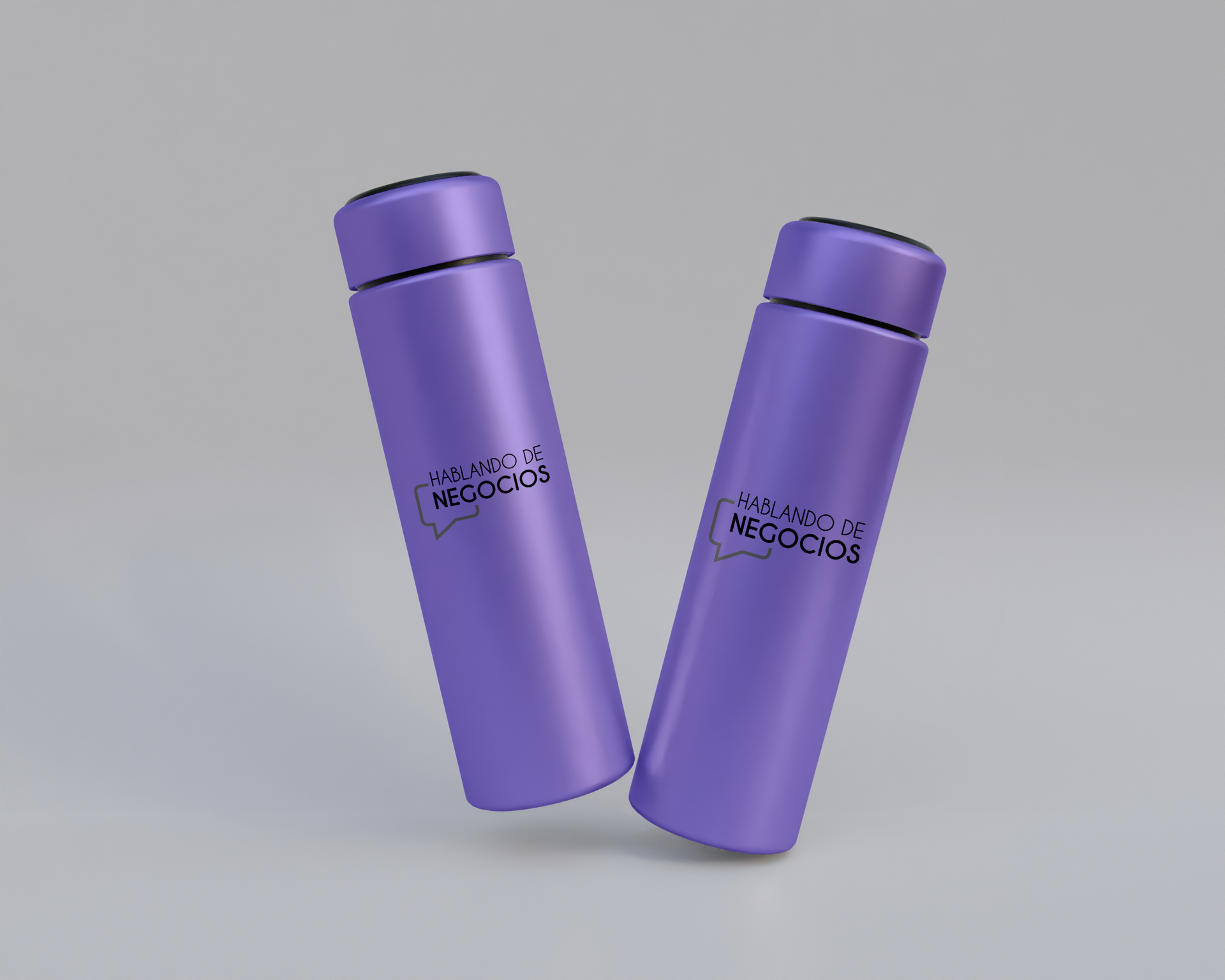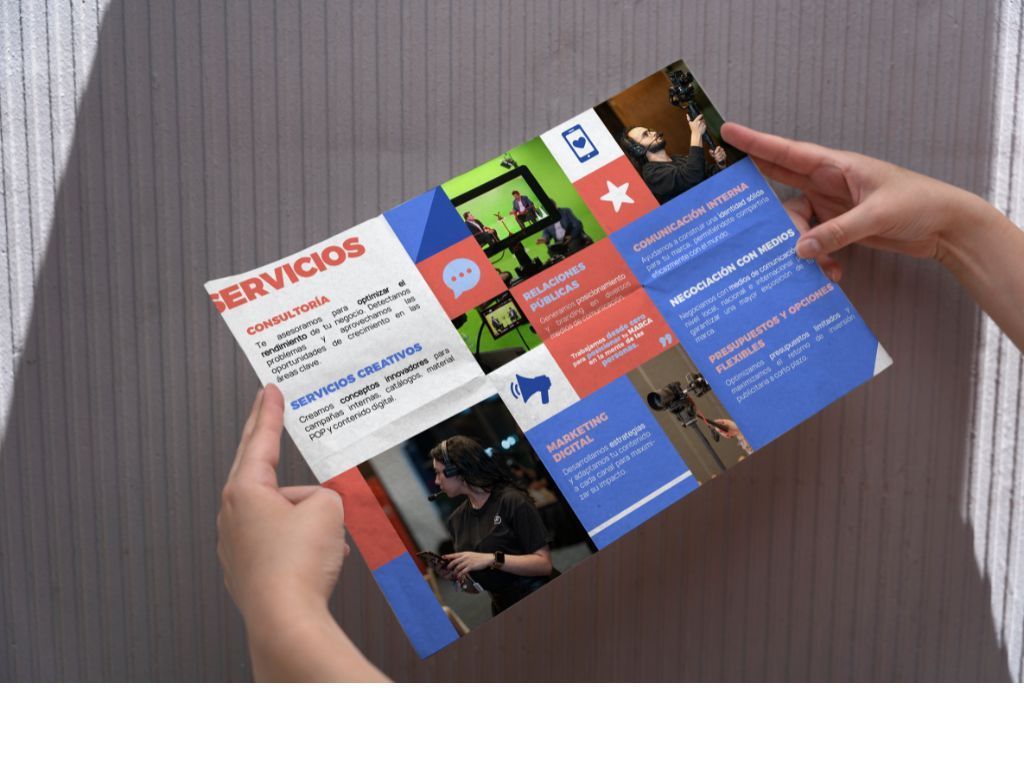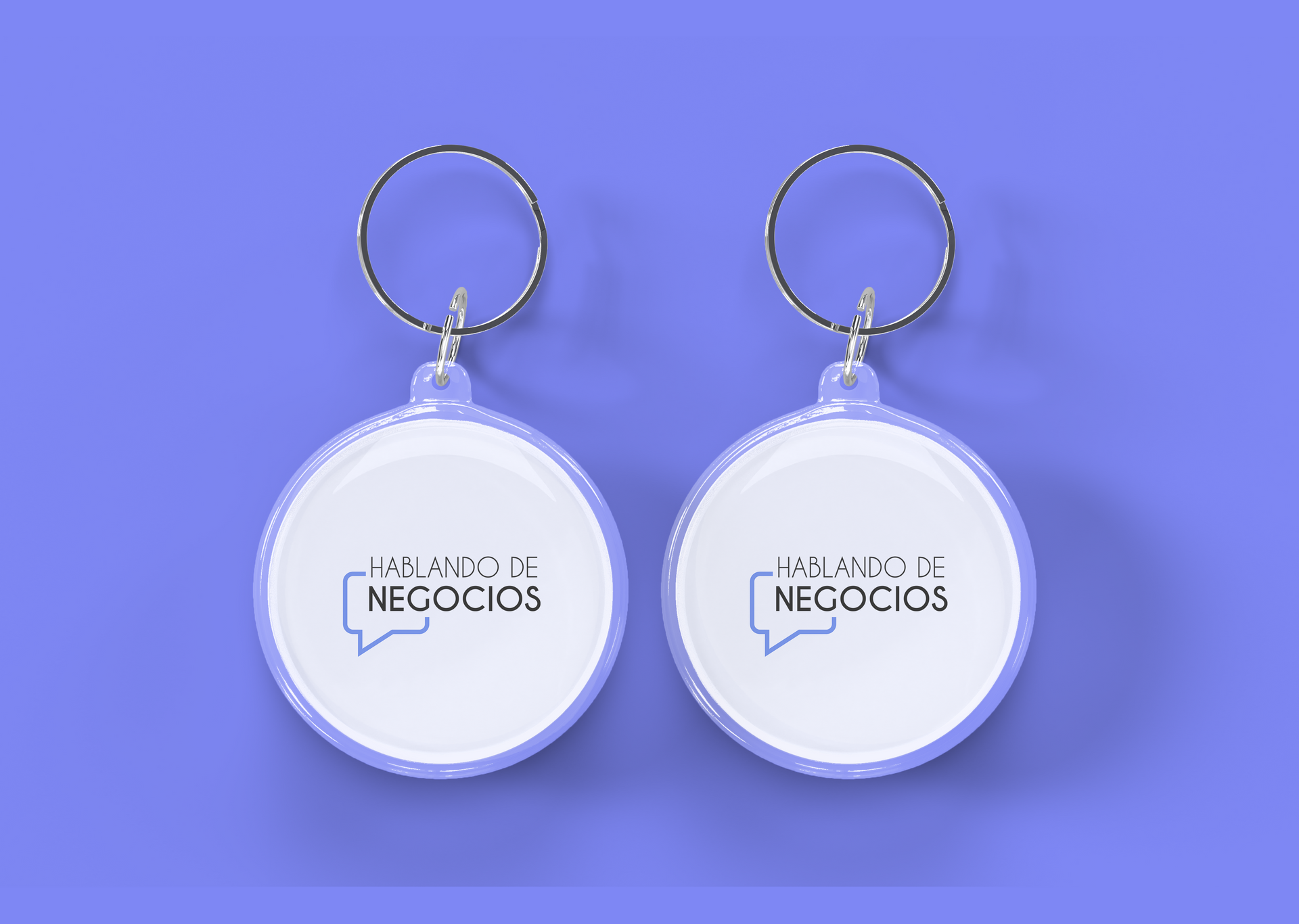Quality Content: the SEO key to achieving the right ranking effect
In the world of SEO, content quality is everything. To be able to position yourself in search engines and stay relevant to your audience, it is necessary to pay special attention to each point in the process of creating content.

To reach your desired place in the ranking, you need to optimize all elements of your content. Beyond the technical setup, you need to learn how to produce quality content.
From copywriting, to the correct use of keywords as well as using the right tools for good collaborative work, discover the keys to your content that will take you to the first place in the ranking.
Considerations to have a positive effect on the ranking of your content
To achieve a positive effect on the ranking, in addition to translating your efforts into sales, you need to work very hard on details. By having control of the structure of your texts, keywords and creating a clear and efficient style guide, it is possible to produce high quality content.
Create a text that hooks
Observing the way in which the user reads our message is indispensable. Regardless of whether your part of the work involves copywriting, if you prefer to create your own content or if you want to better supervise the production of texts.
This reading style is referred to as “F-scan” and refers to the order in which the user pays attention to our information. This order is:
First: top left section.
Second: rest of the content to the right.
Third: bottom of the text.
Another important point about reader behavior is that they rarely finish reading our articles. This means that
we must strive to create relevant content and keep their attention on us.
To achieve this, we must investigate very well who our audience is, the kind of texts that appeal to them, as well as the tone and language that we should use when writing. One strategy used in journalistic writing to retain reader interest is "The Inverted Pyramid".
The inverted pyramid consists of including a summary with the most important facts just after the title, followed by the protagonists of the story or the topics to be treated. Finally, the details of the story and a conclusion are given.
Create original content
The reader may not notice it, but search engines keep a close eye on duplicate content. Whether it be texts taken from other pages or elements on our website that are very similar or even duplicated, this content damages our positioning.
To avoid the wasting hours of good work and planning, it is best to do everything in our hands to make our content original. If you want to check the percentage of similar or duplicate content on your page,
you can use tools like "Copyscape" and "Siteliner".
Take care of the length of the text
Working with the length of your texts, whether we do blog articles, reviews, etc. can be way easier than you think. We are sure of this because there are a series of guidelines that help us produce texts with just the right length.
To position yourself properly in search engines, you must include texts of:
- Minimum 300 words.
- Ideally 450 words.
- Do not exceed 1000 words. We can create content between 450 and 1000 words without problem, just remember that the number of users who fully read a text of great length is very small.
Monitoring keyword density
Keyword density is a percentage that measures the number of times a keyword repeats every 100 words.
The ideal percentage that we should aspire to is 2.5% or 3%, if we repeat the keywords even more, the reading of our text won't be natural.
Strategically distribute keywords
As mentioned above, it is important that reading our texts be natural. If we saturate our content with keywords, it is more likely that the reader does not invest their time in reading us.
That is why we must include them strategically as we draft the text. Additionally, we must remember that, within our content, we must optimize the use of images, text in the HTML code as well as page configuration.
Remember that keywords are aimed at search engines and should not bother our reader. The places where you should use your primary keyword are:
- The title of the article.
- URL.
- The SEO title (this appears on the results page and may be different from what you see on the website).
- The meta description.
- Image.
- The body of the page:
- First paragraph of the document.
- At least one of titles 2 or H2.
- Last paragraph.
Once your keywords are distributed in these sections, you can start using variants or synonyms of your main keyword until you meet the desired density.
Create a style guide
The style guide is a tool that will help you maintain a homogeneity in all your texts. This document includes all the guidelines that will help you to produce original content that fits your goals.
The main thing is to set the style you want, the allowed variation, and the occasions when another style should be used.
All the time you've spent studying your audience, researching your keywords and forming an ideal structure for your texts can be wasted if your content doesn't apply it consistently.
Once you've found the right writing style for you, be sure to create a style guide and edit it whenever you decide to change something. This will allow you to collaborate with others and remember important points.
Taking care of the amount of content that we add to our website, is essential to achieve a good place in the ranking within the search engines. Be sure to invest time and care in every detail of your texts.
Comparte
Blog para Negocios















